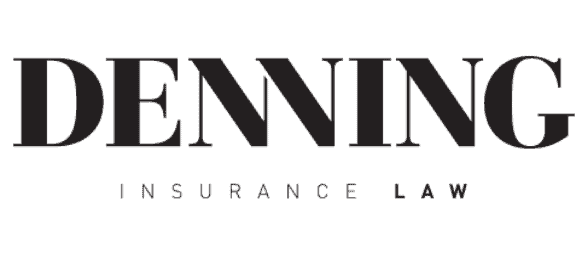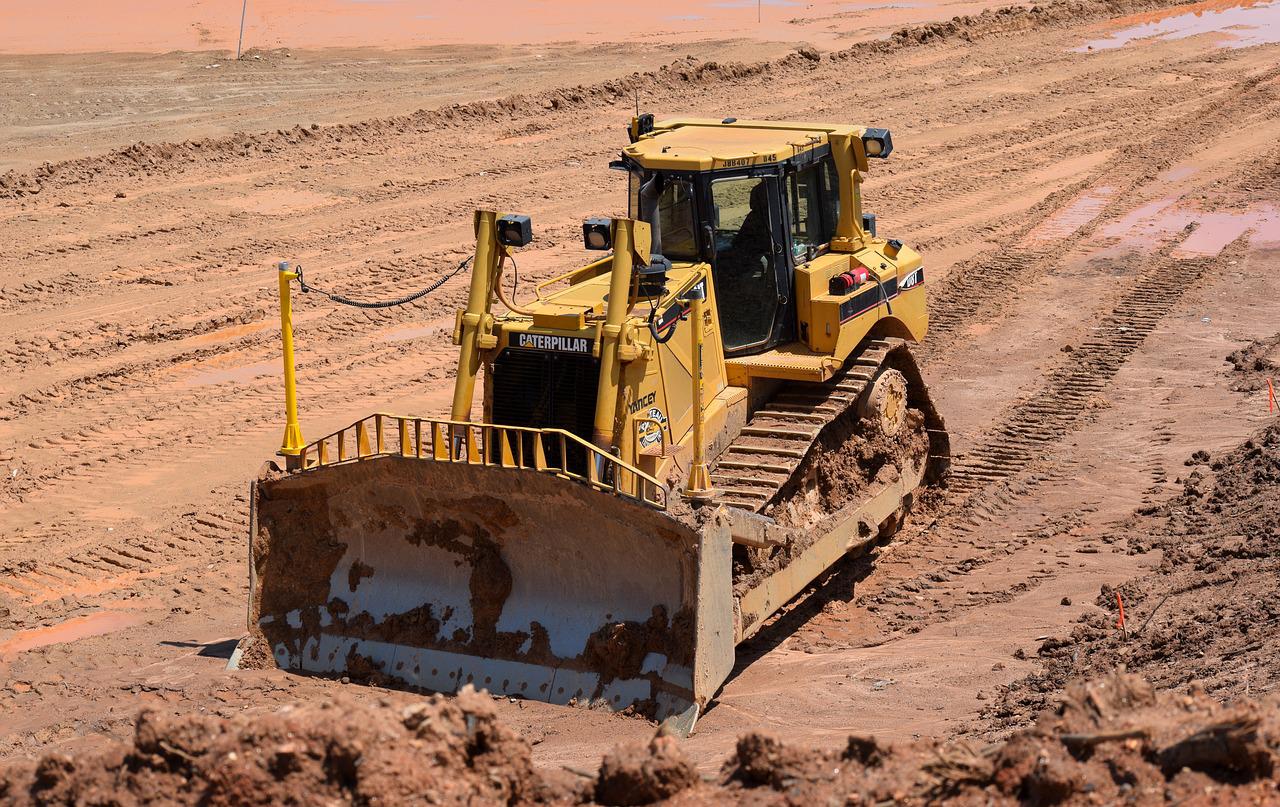Mt Owen Pty Ltd v Parkes [2023] NSWCA 77 (26 April 2023)
The Plaintiff (Mr Parkes) claimed damages for work related injuries suffered at the Glendale Coal Mine (the Mine) in the Hunter Valley. The Plaintiff and his fellow crew were employed by Titan Technicians Enterprises Pty Ltd (Titan). Titan was in the business of providing mining services including labour hire. The crew were under the supervision of a Mt Owen supervisor, Mr Wallace.
The Facts
The Plaintiff was working as part of a nightshift crew at the Mine on 29 July 2017. Under the supervision of a Mt Owen supervisor, Mr Wallace, the crew were directed to carry out a scheduled 1000-hour service on a Caterpillar D10 bulldozer.
Apart from the supervisor, all members of the crew were tradesmen employed by Titan.
The crew were engaged in the task of “live testing”. Live testing involved crew taking a sample of hydraulic or engine oil through an inspection port, while the bulldozer’s motor was running. Mr Kemp was appointed by Mr Wallace as the person in charge of the operation.
To obtain the sample, the Plaintiff stood on a grouser plate of the right-hand dozer track. From the vantage point in the cab, Mr Kemp ought to have been able to see the Plaintiff. In what was thought to be an attempt to speed up the process of obtaining the sample, Mr Kemp proceeded to operate the equipment in a way which caused the track on which the Plaintiff was standing to “flick up” crushing his leg between the elevated tack and the edge of an inspection platform.
Mt Owen had a risk assessment for mechanical live testing and it identified vehicle interaction with personnel in the commissioning area as a hazard. The controls by the risk assessment required the person in control to:
- communicate an intention to initiate vehicle movement, including implements;
- not initiate movement until all persons were clear of the area.
The Mt Owen Job Safety Analysis (JSA) (initialled by all three (3) crew members present on the task) identified “unplanned movement” as a hazard and required personnel to follow the Mt Owen isolation procedure prior to, and post, live testing.
Trial
At first instance, the matter was heard in the New South Wales Supreme Court where the Plaintiff commenced proceedings against Titan and Mt Owen Pty Ltd (Mt Owen). There was no real issue that Mr Kemp’s negligence caused the Plaintiff’s injury. In Titan’s cross-claim against Mt Owen, the Court accepted Titan’s submissions and determined that Mr Kemp became the employee of Mt Owen pro hac vice. The court determined that Mt Owen (the host employer), was vicariously liable for the conduct of Mr Kemp (another employee of Titan).
The Court apportioned liability as follows:
- as to Mr Kemp, 60%;
- the remaining 40% to be shared equally between Mt Owen and Titan.
Mt Owen appealed and Titan cross-appealed.
The Court of Appeal
The primary issues on appeal were whether the trial judge was correct to find that:
- Mt Owen was vicariously liable for the negligence of Mr Kemp; and
- Titan, as Mr Parkes’ legal employer, breached its duty of care to him, effectively to the extent of 20%.
Liability of Mt Owen (the host employer) and Mr Kemp
In the leading judgment on Mt Owen’s appeal, Basten AJA noted that factors “frequently” identified as relevant to the question of whether a shift in vicarious liability should occur are:
- the contract of employment of the worker;
- the contract pursuant to which the services of the worker are transferred to a third party; and
- evidence as to how the work is undertaken and controlled by the third party.
Whilst Mr Kemp’s contract of employment with Titan was not treated as determinative at first instance, it was noted that Mr Kemp had had different employers whilst at the Mine in the three (3) years prior to the accident.
The Court was satisfied that Mt Owen breached its direct duty of care to the Plaintiff and found that the trial judge identified and correctly applied the pro hac vice principle and determined that Mr Kemp was operating as a de facto employee of Mt Owen at the time of the injury to the Plaintiff.
In summary, the Court was satisfied on the evidence that Mt Owen both had the authority to exercise control over the way Mr Kemp performed his work, not merely as to the specific tasks to be carried out, but as to the manner in which they were to be carried out, and in fact did so.
In addition, the detailed safety requirements set out in the Job Safety Analysis, and evidence that Mr Kemp was subject to direction by Mt Owen’s supervisors, demonstrated a transfer of control to from Titan to Mt Owen. Accordingly, the Court decided that Mt Owen was vicariously liable for the injury caused to the plaintiff by the negligence of Mr Kemp.
Liability of Titan
The finding of negligence against Titan at first instance was based on the supposed inadequacy of the Mt Owen JSA, completed and signed off by Mr Wallace on behalf of Mt Owen, before the crew commenced servicing of the bulldozer.
The JSA was considered inadequate at first instance because it did not contain a requirement that implement movement should occur only while other tradespeople are beyond the footprint of the bulldozer.
The judgment of Brereton JA was the leading judgment on the cross appeal. In that decision Brereton JA found as follows:
- Upon consideration of the expert evidence and the evidence of the individual crew members, the JSA need not have stipulated any further instructions.
- It was not proven that the accident would not have occurred, had the JSA been more prescriptive.
- Even if the JSA was hypothetically deficient, it was a Mt Owen document, prepared for a procedure required to be performed by Mt Owen, on Mt Owen’s site and equipment under the direction and control of Mr Owen.
Conclusion
Mt Owen’s appeal was dismissed with costs. Titan’s cross-appeal was upheld by majority and Titan did not incur further liability to Mr Parkes.
In summary, the Court held that Mt Owen was vicariously liable for Mr Kemp’s negligence, while Titan, as Mr Parkes’ legal employer, did not breach its duty of care to him.
The case highlights the complexities of the modern labour hire environment and the potential for a shift of liability from the legal employer to the host employer, depending on the nature and extent of control over a worker, which also affects the apportionment of liability in the circumstances.
The legal employer may not be deemed liable despite the fact that it owes a non-delegable duty of care as seen in several historical landmark cases. Further, if it can be shown that the legal employer has no say at all in how the work site operates, despite policies and procedures being set in place, then the legal employer may also be free from any liability.





